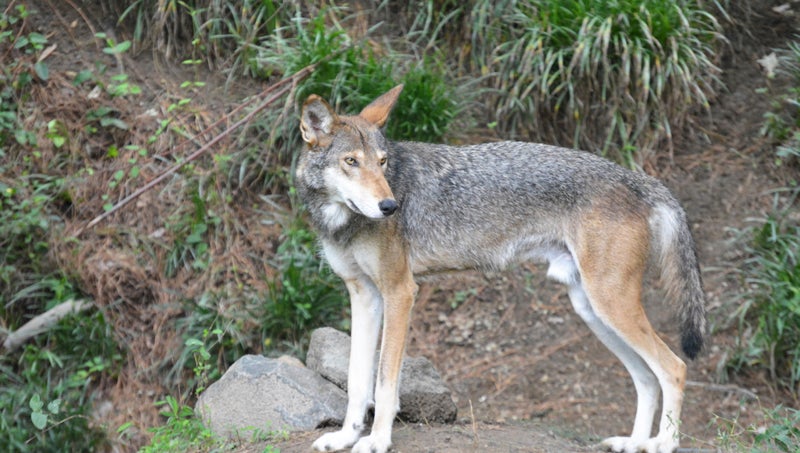Comments show good and bad of red wolf plan
Published 7:07 pm Tuesday, July 25, 2017
A 60-day public comments period for the Red Wolf Recovery Program came to an end Monday.
Opportunities for public input included two hearings in Swan Quarter and Manteo in early June, as well as electronic and mailed comments. It was the next step in the U.S. Fish and Wildlife Service’s reassessment of the recovery program and how it should proceed.
USFWS sought input on topics including: size and scope of the experimental population; contribution of the experimental population to overall recovery; tools to manage the population; management strategies to address the wolves’ hybridization with coyotes; provisions for “take” of the wolves; and protocols for managing the population, including removal of wolves from private lands, according to a press release.
Between written and verbal comments submitted, USFWS received a total of 12,265 comments, according to Lilibeth Serrano, public affairs specialist.
Serrano said about 90 people attended one or both of the public hearings, in which field supervisor Pete Benjamin gave an overview of the project and USFWS staff held discussions with members of the public.
“As we develop a Draft Environmental Assessment and a proposed 10(j) rule, we will consider all comments received. We are still sorting through the nature of all the comments, so it is hard to describe in absolute terms,” Serrano said. “In general, I can say that we’ve seen a mix of criticism and support.”
No new scientific data was submitted to USFWS during the input process, she added.
USFWS halted red wolf reintroductions into the wild in 2015 because of sustainability and hybridization concerns. By the end of this year, the Service plans to reduce its program from a five-county area in northeastern North Carolina to only Dare County. The recovery program began in the 1970s, and reintroductions followed in the 1980s.
The Service’s changes have drawn criticism from conservation groups that feel USFWS is essentially abandoning efforts to maintain the red wolf population.
“The US Fish and Wildlife Service (FWS) grossly mischaracterizes their plan to pull the remaining wild red wolves either into captivity or back to federal land in Dare County (NC) as an approach that will help protect the red wolf species,” stated Ron Sutherland, conservation scientist at the Wildlands Network. “Maintaining the wolves back in captivity for the indefinite future with no hope for wild recovery is not a sustainable solution. Captive conditions will inevitably result in genetic damages and loss of wild fitness for the caged wolves.”
USFWS maintains its commitment to the Red Wolf Recovery Program and argues that changes need to be made and the viability of the red wolf population reassessed. Officials say that the current plan to scale back the program is the right path and will allow them to effectively reconsider the success of recovery efforts.






